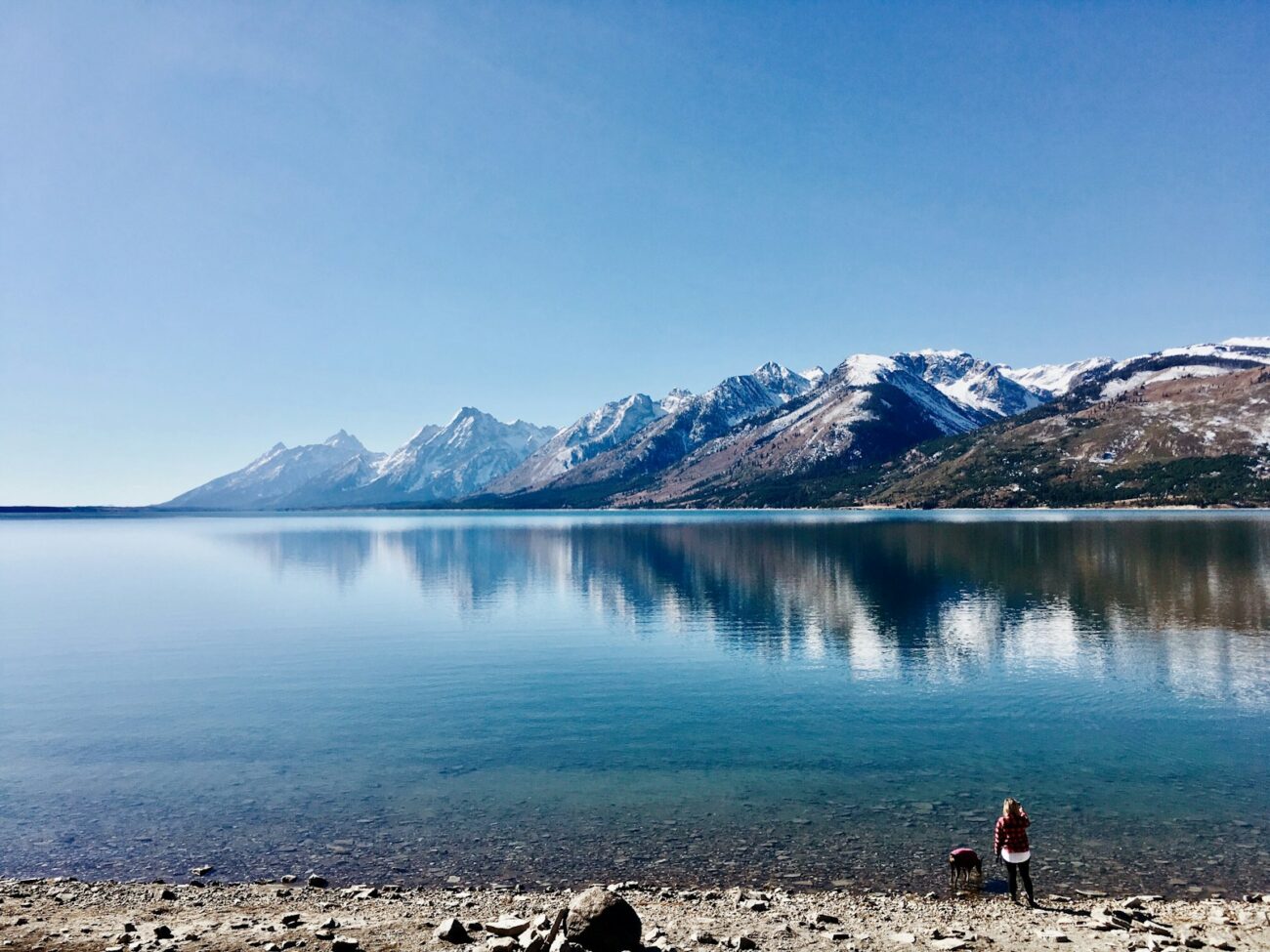The call of nature beckons us all—especially when urban life becomes overwhelming and we crave the rejuvenating embrace of the natural world. But when planning a weekend escape, nature enthusiasts face a fundamental choice: should you head to that Instagram-famous vista point teeming with fellow admirers, or seek out a hidden gem where solitude reigns supreme? This decision between scenic popularity and secluded tranquility shapes not just where you’ll go, but what kind of experience you’ll have. Both options offer distinct benefits and potential drawbacks worth considering before packing your hiking boots or camera gear. In this guide, we’ll explore how to identify what truly matters to you in a nature experience and provide practical advice for finding your perfect weekend retreat—whether you’re drawn to breathtaking panoramas shared with others or prefer whispered conversations with nature in places few have discovered.
Understanding Your Nature Personality

Before choosing between scenic hotspots and secluded retreats, it’s essential to understand your own “nature personality”—the particular way you connect with the outdoors. Some people draw energy from the collective appreciation of natural beauty, finding joy in shared experiences and the validation that comes from visiting renowned locations. Others feel most at peace when alone in nature, where the absence of human voices allows them to hear their own thoughts more clearly. Your ideal nature spot might also depend on whether you’re seeking adventure and stimulation or restoration and reflection. Take time to reflect on past outdoor experiences that left you feeling most fulfilled—were you surrounded by fellow nature enthusiasts marveling at a famous waterfall, or did you find deeper satisfaction in that moment you discovered an unnamed creek all by yourself? Understanding these preferences isn’t about judgment but about honoring your authentic connection to the natural world.
The Appeal of Scenic Destinations
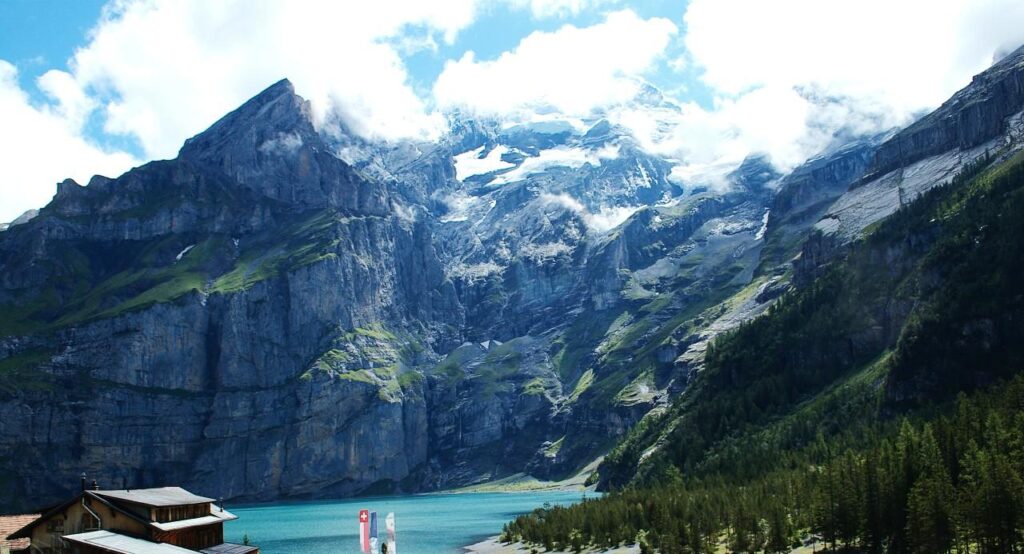
Scenic locations have earned their popularity for good reason—they typically offer spectacular natural features that create powerful, sometimes life-changing impressions. These destinations often benefit from established infrastructure including well-maintained trails, visitor centers with educational resources, and facilities that make them accessible to people with varying physical abilities. Popular scenic spots frequently offer multiple viewpoints and activities, allowing visitors to experience the location in different ways throughout a weekend stay. For photographers, these locations provide opportunities to capture iconic images while also challenging creativity to find fresh perspectives on well-documented landscapes. The shared appreciation at scenic spots can also create a sense of community and connection, as strangers exchange photography tips or stand in collective awe before nature’s grandeur, creating memories enhanced by this shared human experience.
The Magic of Secluded Retreats
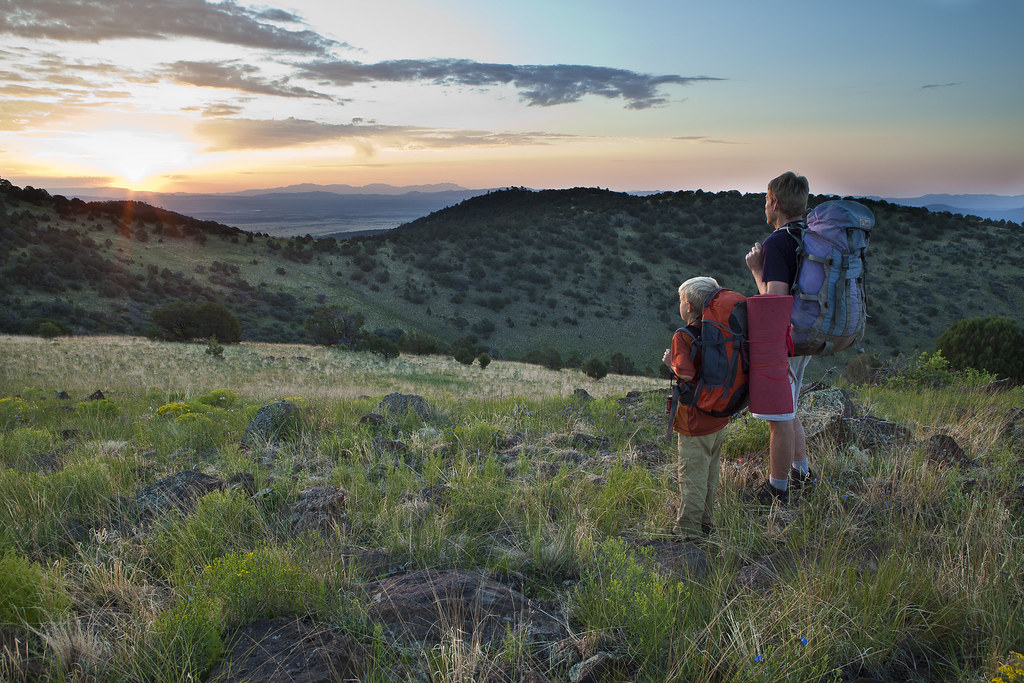
Secluded nature spots offer a fundamentally different relationship with the outdoor world—one where silence becomes a presence rather than an absence. In these hidden havens, visitors often experience a deeper sense of discovery and personal connection, feeling as though they’re the first to witness a particular sunbeam filtering through ancient trees or a deer drinking undisturbed at a remote stream. The psychological benefits of true solitude in nature are well-documented, including reduced stress levels, enhanced creativity, and a stronger sense of self-reliance that carries back into everyday life. Secluded locations also typically offer more abundant wildlife sightings, as animals behave more naturally in areas with minimal human presence. For those seeking spiritual or meditative experiences in nature, these quiet spaces provide an uninterrupted canvas for contemplation, allowing the mind to settle into nature’s rhythms without competing stimuli.
Assessing Your Experience Level
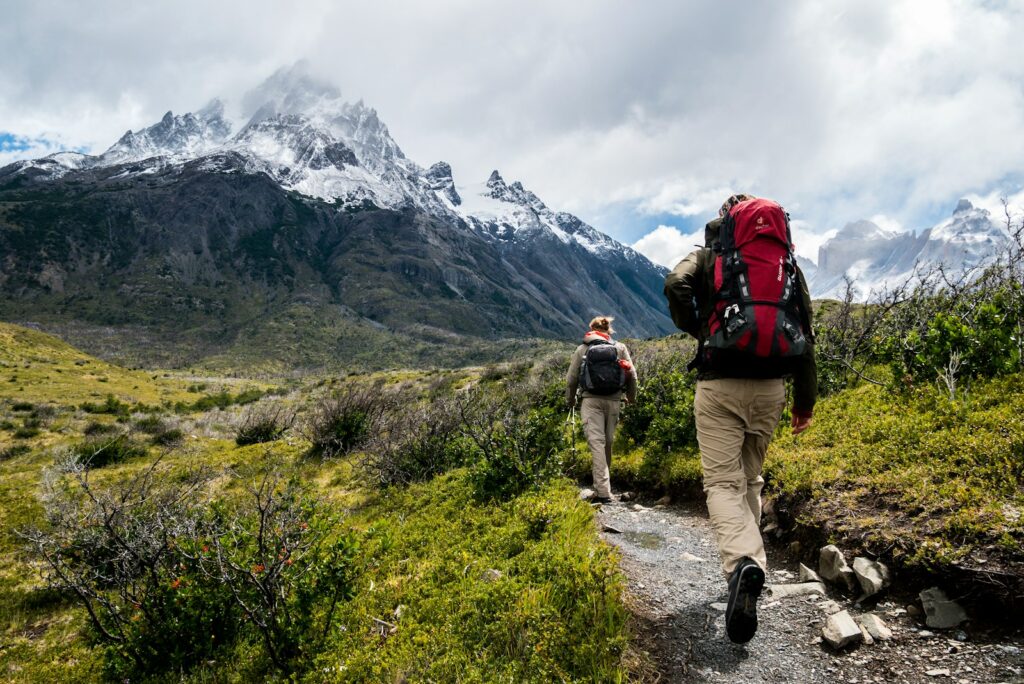
An honest evaluation of your outdoor experience level should significantly influence your choice between scenic and secluded destinations. Popular scenic spots typically offer safety features like clearly marked trails, ranger presence, and cell phone coverage that provide important safeguards for those newer to outdoor recreation. Conversely, secluded areas often require more advanced navigation skills, wilderness first aid knowledge, and comfort with self-sufficiency in remote environments. Consider whether you possess the necessary equipment and expertise for your desired location, including map reading abilities, proper gear for changing weather conditions, and experience with wildlife encounters. Remember that challenging yourself is valuable, but a gradual progression in difficulty and remoteness builds the confidence and competence needed for more isolated adventures. If you’re relatively new to nature exploration, choosing a less-visited section of a popular park can offer a middle ground that provides both scenic beauty and moments of relative solitude.
Traveling Solo vs. With Companions
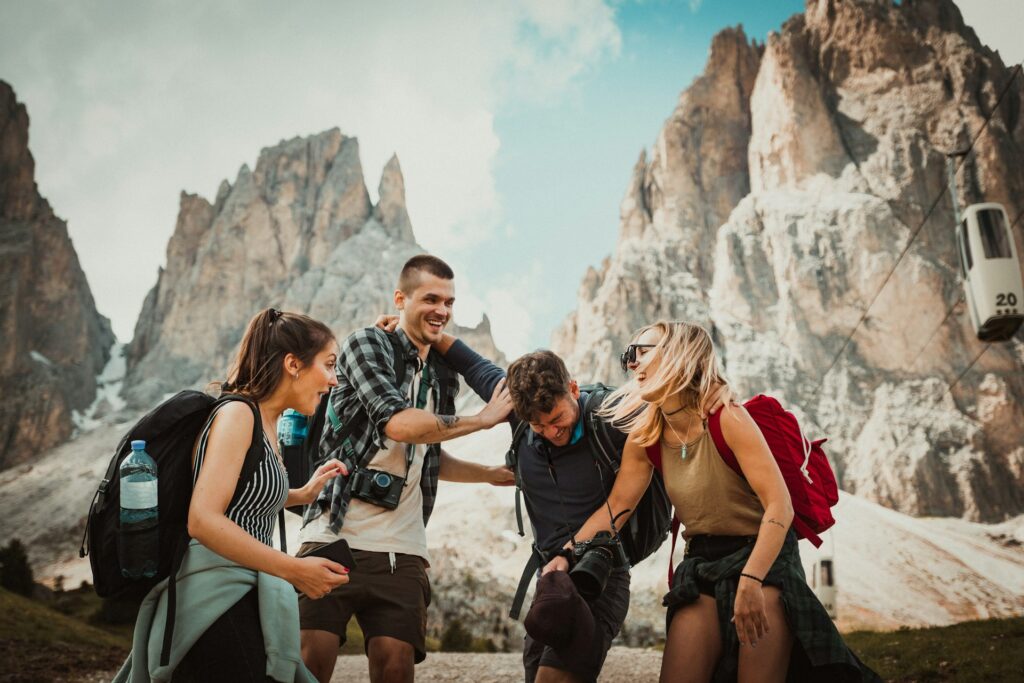
Your choice of destination should take into account whether you’re traveling alone or with others, as group dynamics significantly influence the ideal nature experience. Solo travelers might find secluded spots particularly rewarding, offering opportunities for self-reflection and autonomy in decision-making about pace and activities. However, safety considerations for solo adventurers might make moderately popular scenic areas more appropriate, especially for overnight trips. For groups with mixed outdoor experience levels or physical abilities, established scenic destinations typically offer various activity options to accommodate different preferences and comfort zones. Family trips with children often benefit from the infrastructure of popular scenic spots, with shorter trail options and facilities that make nature accessible to young explorers. When traveling with friends who have different “nature personalities,” consider locations that offer a balance—perhaps a popular scenic destination with nearby opportunities to find quieter, less-traveled paths for those seeking moments of solitude.
Seasonal Considerations
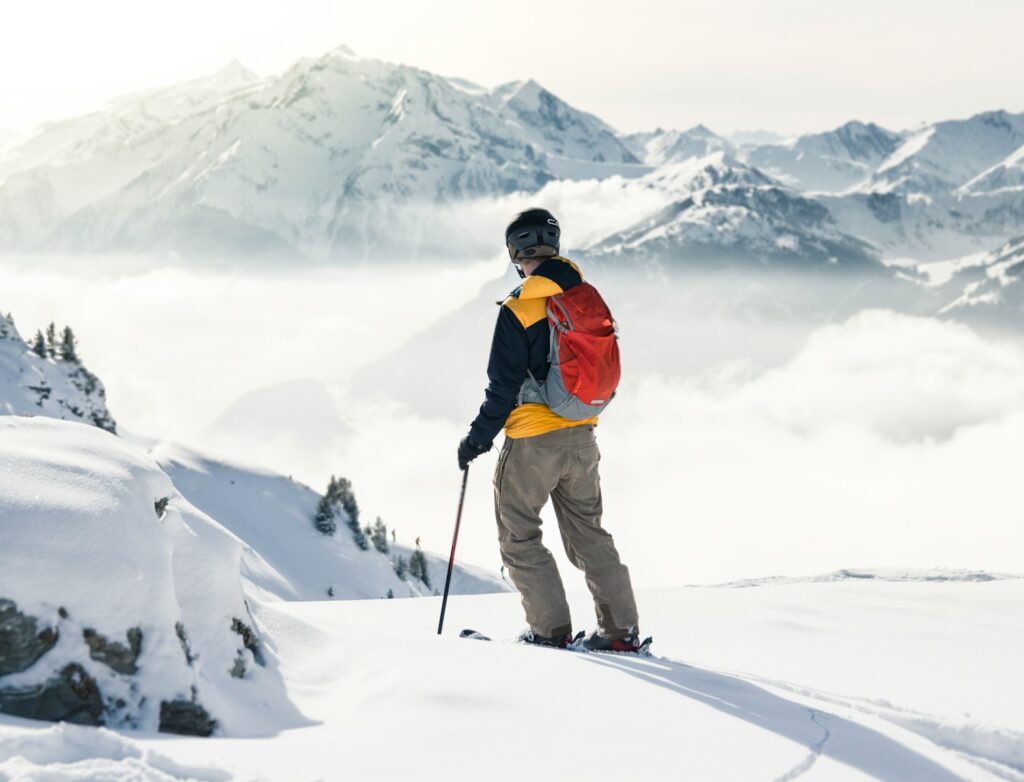
The time of year can dramatically transform both the experience and accessibility of nature destinations, making season a crucial factor in the scenic-versus-secluded decision. Popular scenic locations often become significantly less crowded during shoulder seasons or weekdays, potentially offering the best of both worlds—spectacular views with a fraction of the summer or weekend visitors. Secluded spots may become genuinely inaccessible during certain seasons due to snow, mud, or dangerous water conditions, limiting when they can be safely enjoyed. Research how your potential destinations transform throughout the year, considering how seasonal elements like fall foliage, wildflower blooms, or wildlife migration patterns might enhance your experience. Weather patterns also significantly impact comfort and safety, with secluded locations requiring more careful preparation for unexpected weather changes since assistance will be farther away. Some locations that feel overwhelmingly crowded during summer months can become peacefully secluded winter wonderlands, offering completely different experiences based on timing.
Photography and Social Media Considerations
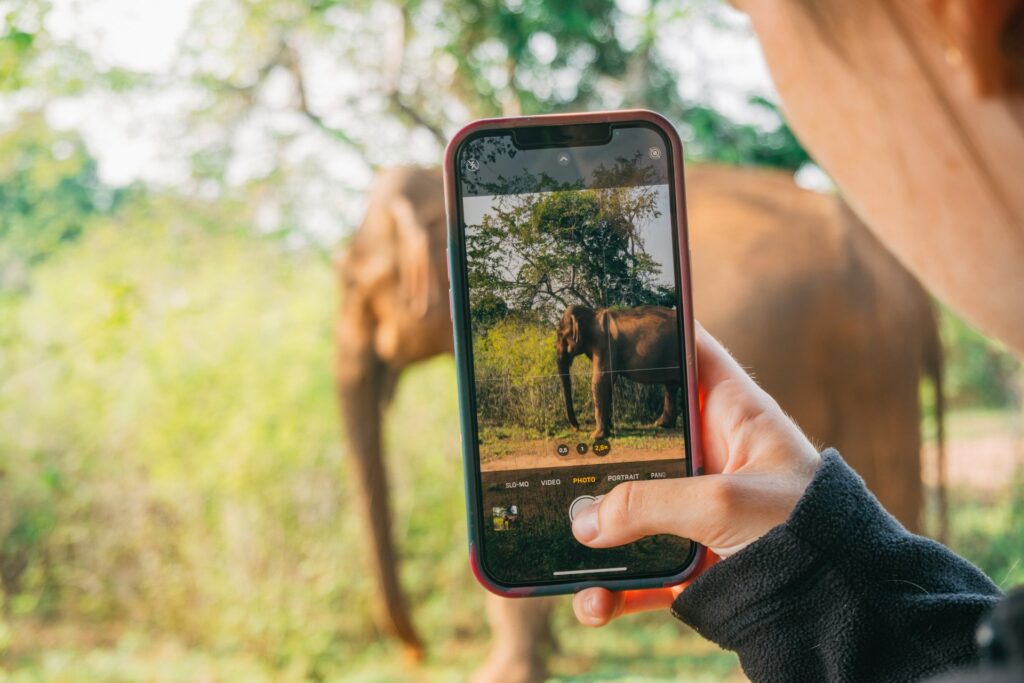
For many nature enthusiasts, capturing images has become an integral part of the outdoor experience, influencing destination choices in significant ways. Scenic popular spots often provide the opportunity to capture iconic images that friends and followers will immediately recognize, though finding unique compositions at these locations requires creativity and patience. Secluded locations offer the possibility of truly original photographs, documenting scenes and moments few others have captured, though potentially reaching smaller audiences who may not recognize the location. Consider honestly how important social media sharing is to your outdoor experience—whether capturing that perfect lighthouse shot for Instagram enhances or detracts from your connection with nature. Photographers seeking secluded spots should research carefully, as some “hidden gems” featured in photography forums have experienced damaging overuse when their locations became widely shared. The most fulfilling nature photography often comes when the experience itself, rather than the resulting image, remains the primary motivation for the journey.
Planning and Preparation Differences

The planning process differs substantially between scenic and secluded destinations, with each requiring distinct approaches to preparation. Popular scenic locations often necessitate advance reservations for parking, camping, or entry permits, sometimes requiring bookings months ahead for peak seasons at national parks or other renowned destinations. Secluded spots typically demand more extensive research into routes, conditions, and navigation, often relying on topographic maps, GPS devices, and possibly local knowledge from experienced outdoors people familiar with the area. Emergency planning becomes particularly crucial for secluded adventures, requiring detailed communication plans with trusted contacts about your itinerary and expected return times. Food and water planning also varies, with scenic areas typically offering nearby resources while secluded locations require complete self-sufficiency and proper food storage to protect both your supplies and local wildlife. The most successful nature weekends, regardless of destination type, involve thorough preparation balanced with flexibility to adapt to conditions and opportunities as they arise.
Finding Middle Ground Options
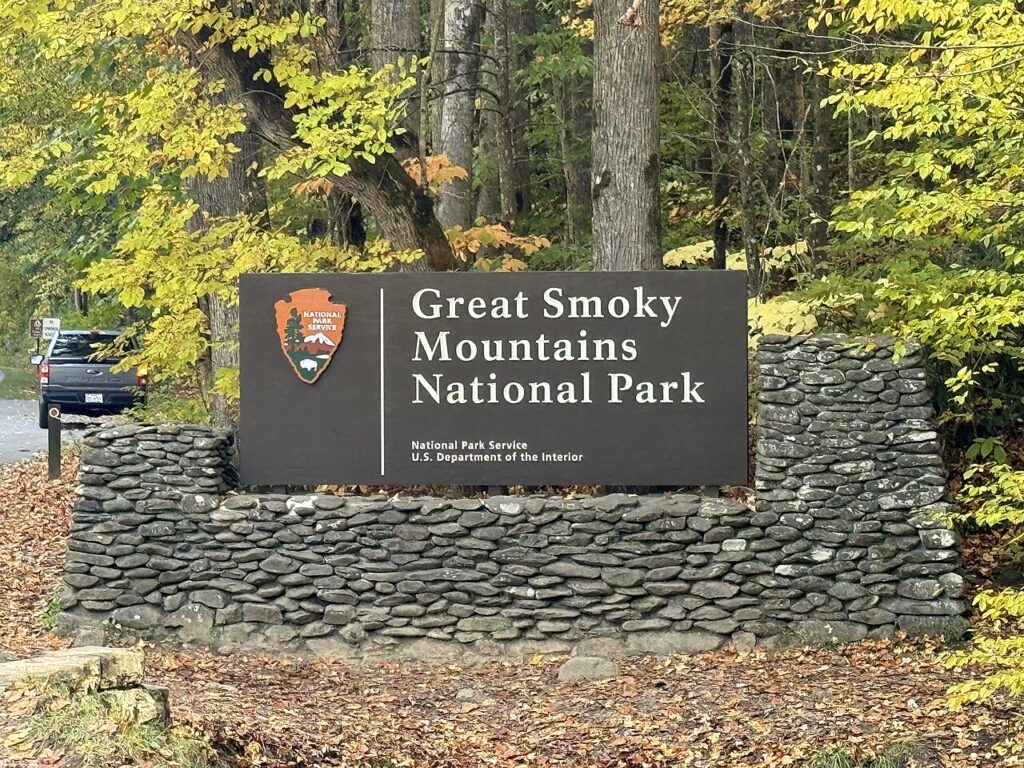
For those struggling to choose between scenic grandeur and secluded tranquility, numerous middle-ground options exist that combine elements of both experiences. Consider visiting extremely popular destinations during off-peak hours, arriving at sunrise before crowds gather or staying until sunset after day-trippers have departed. Many renowned parks and natural areas feature “secondary attractions” that receive far less visitation while offering comparable beauty to the primary sites, providing a more intimate experience within a well-established location. Another strategy involves planning trips that begin at popular trailheads but extend beyond the distance most casual visitors are willing to hike, creating a progression from scenic shared spaces to increasingly secluded experiences. National forests and state lands adjacent to famous national parks often provide similar ecosystems and views with significantly fewer visitors and restrictions. These balanced approaches allow nature enthusiasts to experience both the validated magnificence of renowned locations and the personal discovery of less-traveled paths during a single weekend adventure.
Environmental Impact Awareness
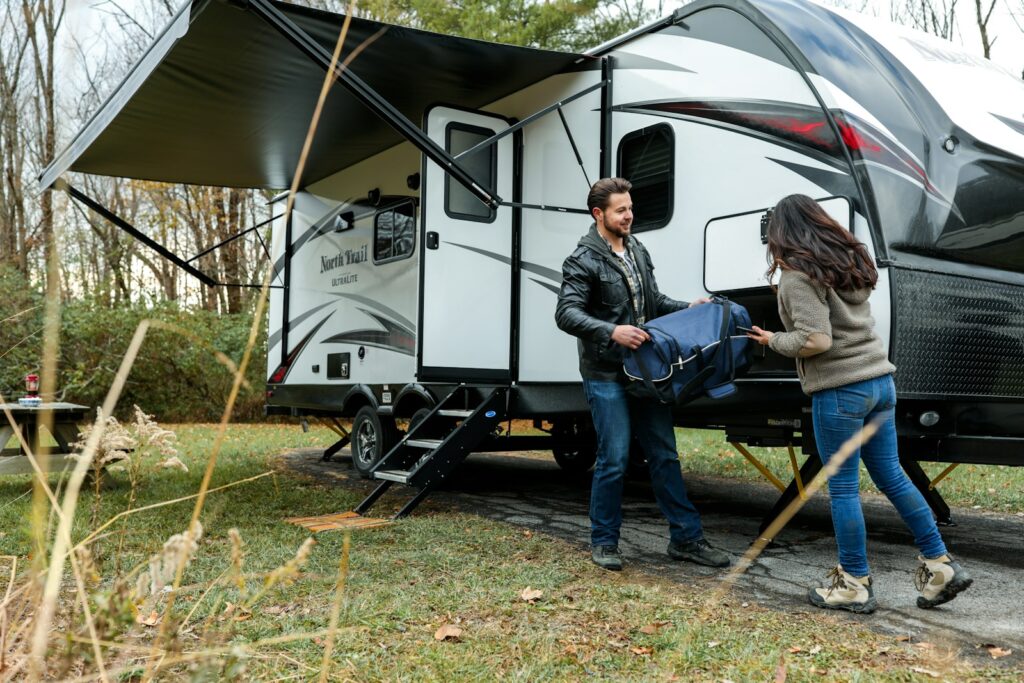
Responsible nature enthusiasts must consider the environmental impact of their choices, recognizing that both scenic and secluded destinations face different sustainability challenges. Popular scenic areas benefit from concentrated impact in designated spaces, established waste management systems, and ongoing conservation efforts, though they may suffer from overuse during peak periods. Secluded locations, while experiencing less human traffic, may have more fragile ecosystems unprepared for even limited visitation, with no infrastructure to mitigate impacts. Before visiting any natural area, research appropriate Leave No Trace principles specific to that ecosystem, as practices vary between desert, alpine, coastal, and forest environments. Consider how transportation to your destination contributes to your overall environmental footprint, potentially favoring locations closer to home for weekend trips. The most ethical approach balances your desire for particular experiences with honest assessment of whether your presence contributes positively to conservation efforts or risks damaging pristine areas, recognizing that all nature lovers share responsibility for preserving the places we cherish.
Safety Considerations Between Options
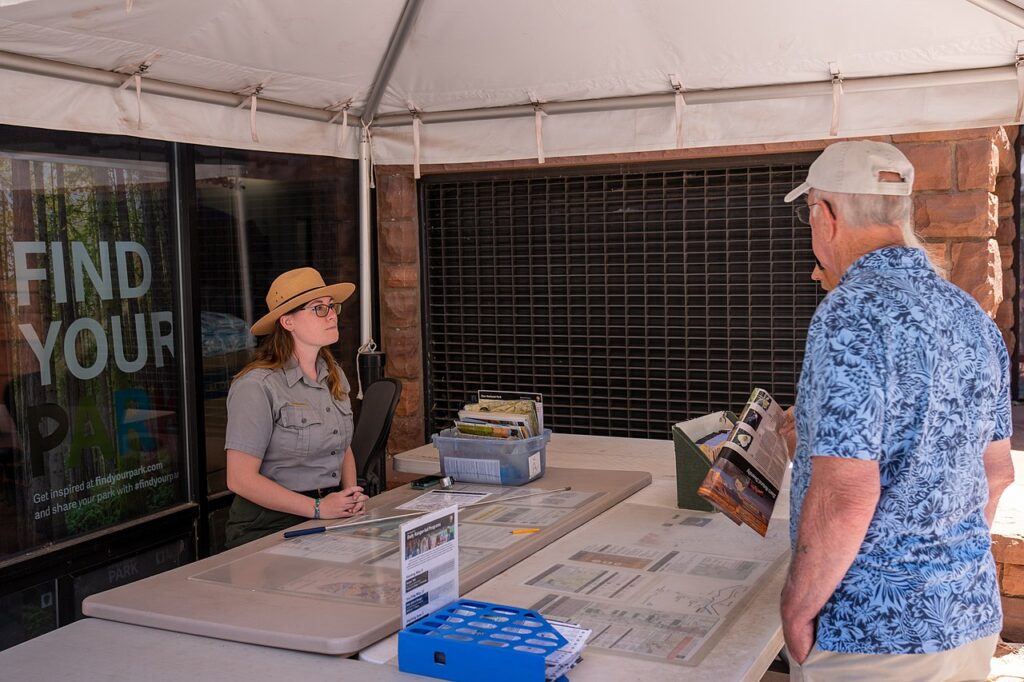
Safety profiles differ significantly between scenic and secluded destinations, requiring distinct risk management approaches. Popular scenic areas typically offer multiple safety advantages, including more frequent ranger patrols, better cell coverage for emergency communication, and the presence of other visitors who could provide assistance if needed. Secluded locations require more comprehensive self-reliance, including carrying appropriate first aid supplies, navigation tools, and emergency signaling devices like personal locator beacons for areas without cellular service. Weather-related risks often pose greater challenges in secluded areas, where rapid changes in conditions might require difficult decisions without access to updated forecasts or advice. Wildlife encounters also present different considerations, with popular areas having potentially habituated animals requiring careful food storage, while secluded regions might have truly wild animals unaccustomed to human presence. The safest approach to any nature experience involves thorough research about location-specific risks, appropriate preparation, and maintaining situational awareness throughout your adventure regardless of how many other people share the space.
Resources for Finding Your Perfect Spot

Discovering nature destinations that match your preferences has become easier with numerous resources catering to different outdoor experiences. For scenic popular destinations, national and state park websites provide essential information about attractions, facilities, and reservation systems, while visitor reviews on platforms like TripAdvisor or AllTrails offer insights into crowds and conditions. Finding genuinely secluded spots requires more creative research, including studying detailed topographic maps, consulting with local outdoor specialty shops, or joining region-specific hiking groups where experienced members might share lesser-known locations with those who demonstrate commitment to responsible visitation. Guidebooks focusing on “hidden gems” or “secret spots” can provide starting points, though the truly secluded nature of these locations may have changed since publication. Conservation organizations often maintain preserves and sanctuaries that receive fewer visitors than public lands while offering significant natural beauty and biodiversity. For those seeking guided experiences, outfitters specializing in small-group or custom adventures can provide access to locations matching your scenic or secluded preferences while ensuring appropriate safety measures and environmental practices.
Making Your Final Decision

When the time comes to select your weekend nature destination, balance thoughtful analysis with intuitive understanding of what your spirit needs in this particular moment. Consider creating a simple decision framework that weighs factors most important to you, such as desired activity level, tolerance for encountering others, photography goals, and current need for either stimulation or restoration. Recognize that the perfect choice may vary based on your life circumstances—perhaps after a socially demanding work period, a secluded spot offers necessary restoration, while during periods of isolation, a more communal scenic experience might provide valuable connection. Be willing to adapt your plans based on weather forecasts, current trail conditions, or unexpected closures, maintaining flexibility rather than rigid expectations. Remember that nature offers profound gifts in all its forms, whether experienced among fellow admirers or in solitary communion. The most rewarding outdoor experiences often come when we approach them with open hearts and minds, ready to receive whatever insights and beauty the natural world reveals to us in that particular place and time.
Whether you ultimately choose the awe-inspiring vistas of well-traveled scenic spots or the intimate whispers of secluded natural sanctuaries, the most important element is maintaining a genuine connection with the natural world. Both experiences offer valuable perspectives—the collective appreciation of recognized beauty and the personal discovery of hidden wonders. By understanding your own preferences, preparing appropriately, and approaching each adventure with respect for both the environment and your own needs, you’ll find that nature has a way of providing exactly the experience you need, whether surrounded by fellow enthusiasts or embraced by solitude. The perfect weekend nature spot isn’t defined by popularity or obscurity, but by how it helps you reconnect with both the natural world and your authentic self.

